The Gia Dinh Post Office building on Phan Dang Luu Street (Ho Chi Minh City) has been transformed into a department store. This change, which occurred a few days ago, has surprised many residents in the area.
Inside the department store, according to VietNamNet reporters, the variety of goods was not yet extensive, and there weren't many shoppers.
However, the advantage of this model is that it combines the provision of traditional postal services such as express delivery, parcel shipping, and cash collection/disbursement with the sale of consumer goods in the same space.
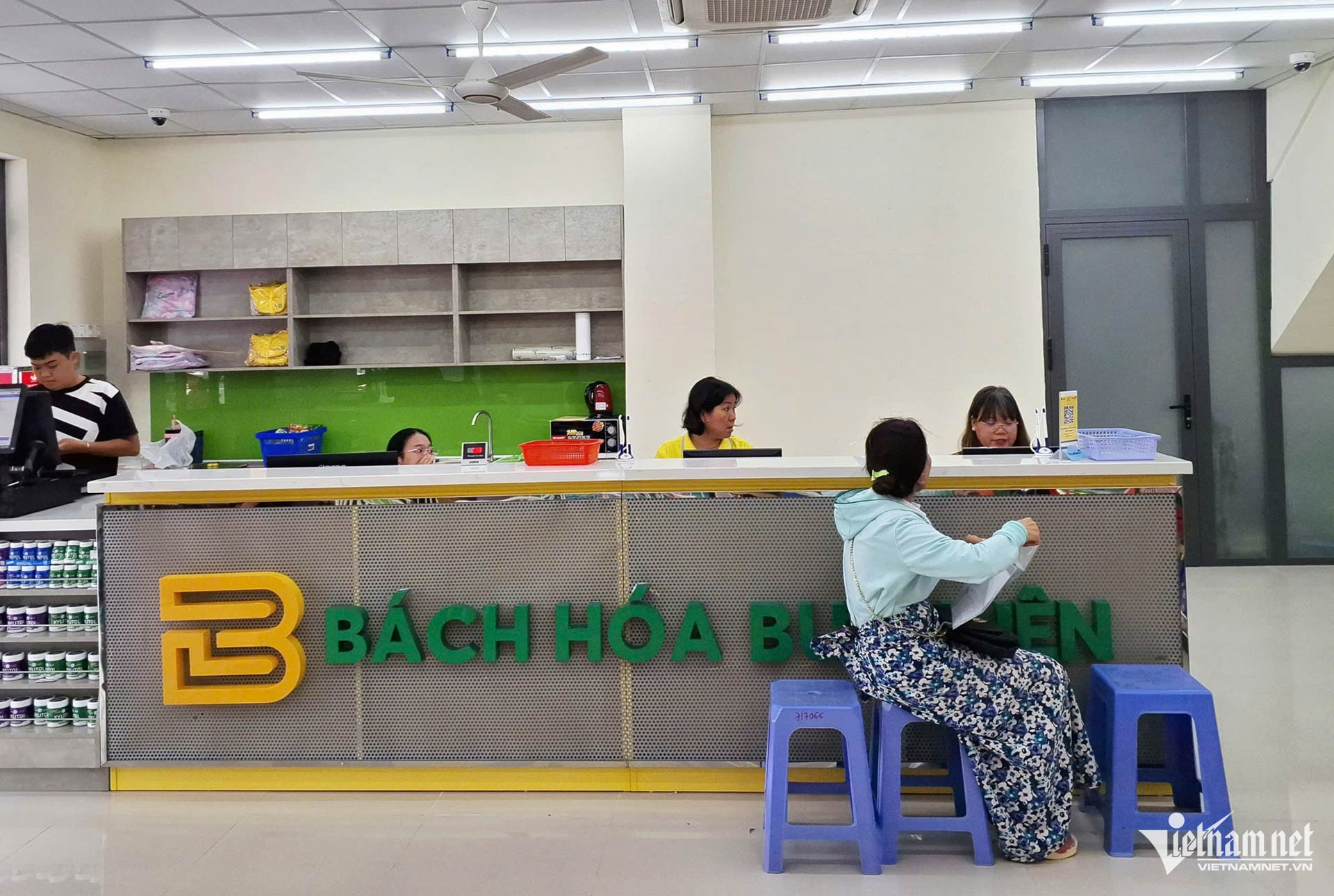
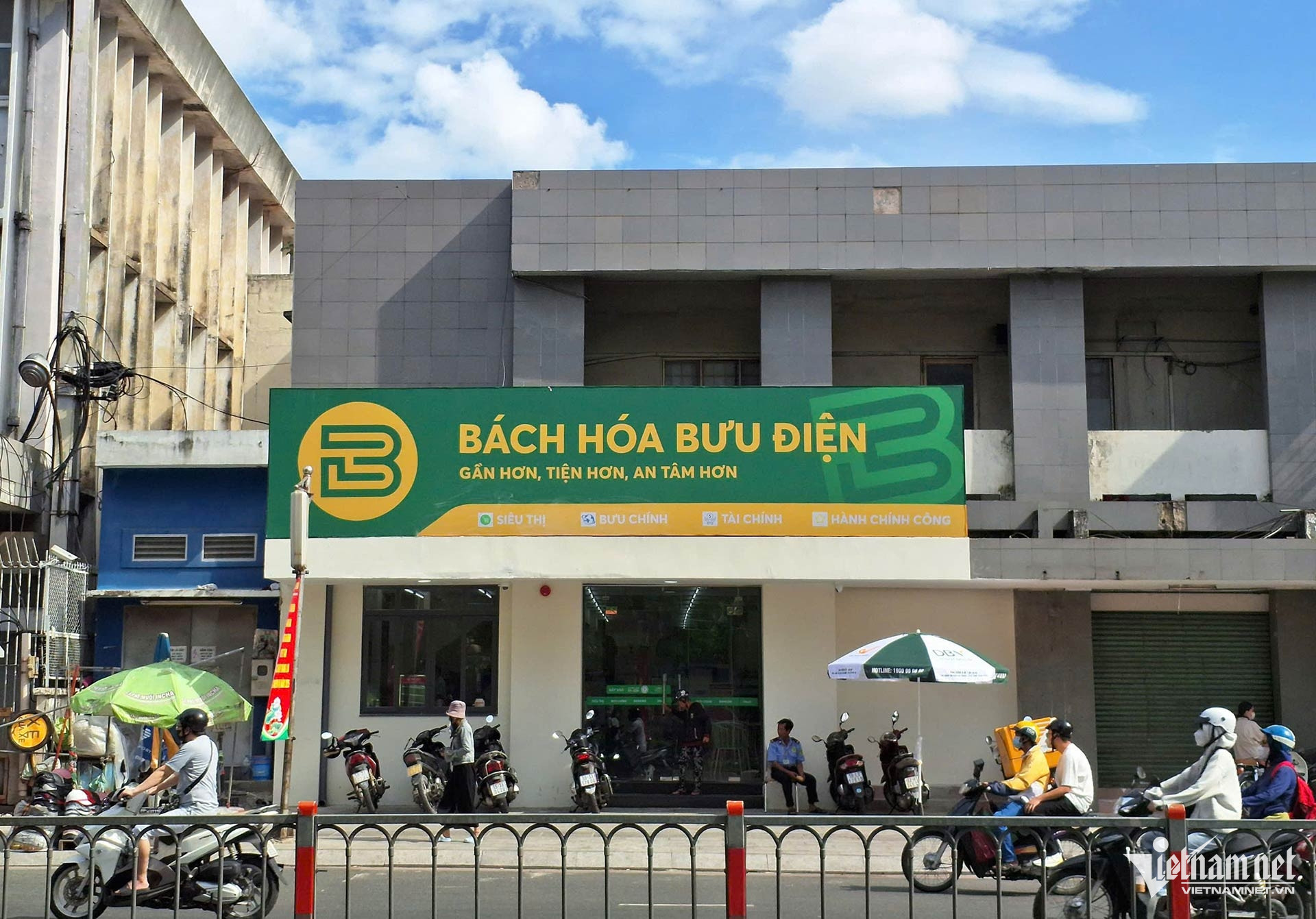
This store is one of three "Post Office Department Stores" recently opened in Ho Chi Minh City by Vietnam Post Corporation (VietNam Post). Each store distributes nearly 2,000 product codes from 135 different brands. In 2025, VietNam Post plans to further expand the department store chain to approximately 300 stores in 26 provinces/cities nationwide.
Vietnam Post's transformation comes as traditional models face restructuring demands, while flexible, experiential, and technology-integrated retail formats are on the rise. The success of the Post Office Department Store model remains uncertain after the lackluster performance of Postmart previously.
This is a chain of convenience stores implemented by Vietnam Post, combining the postal and retail models, appearing in several localities to leverage the advantage of its network of over 13,000 service points, including more than 8,000 community post offices extending to villages and hamlets.
However, according to Savills Vietnam, contrary to concerns that e-commerce will completely replace physical retail, the reality shows that global consumers are returning to stores as a destination for shopping, experiences, and interaction.
Savills' Impacts 2025 report highlights that retailers worldwide are recovering better than expected, with evidence from the US market. Nearly 80% of total consumer spending in the US is still done in traditional stores, a very significant proportion in the digital age.
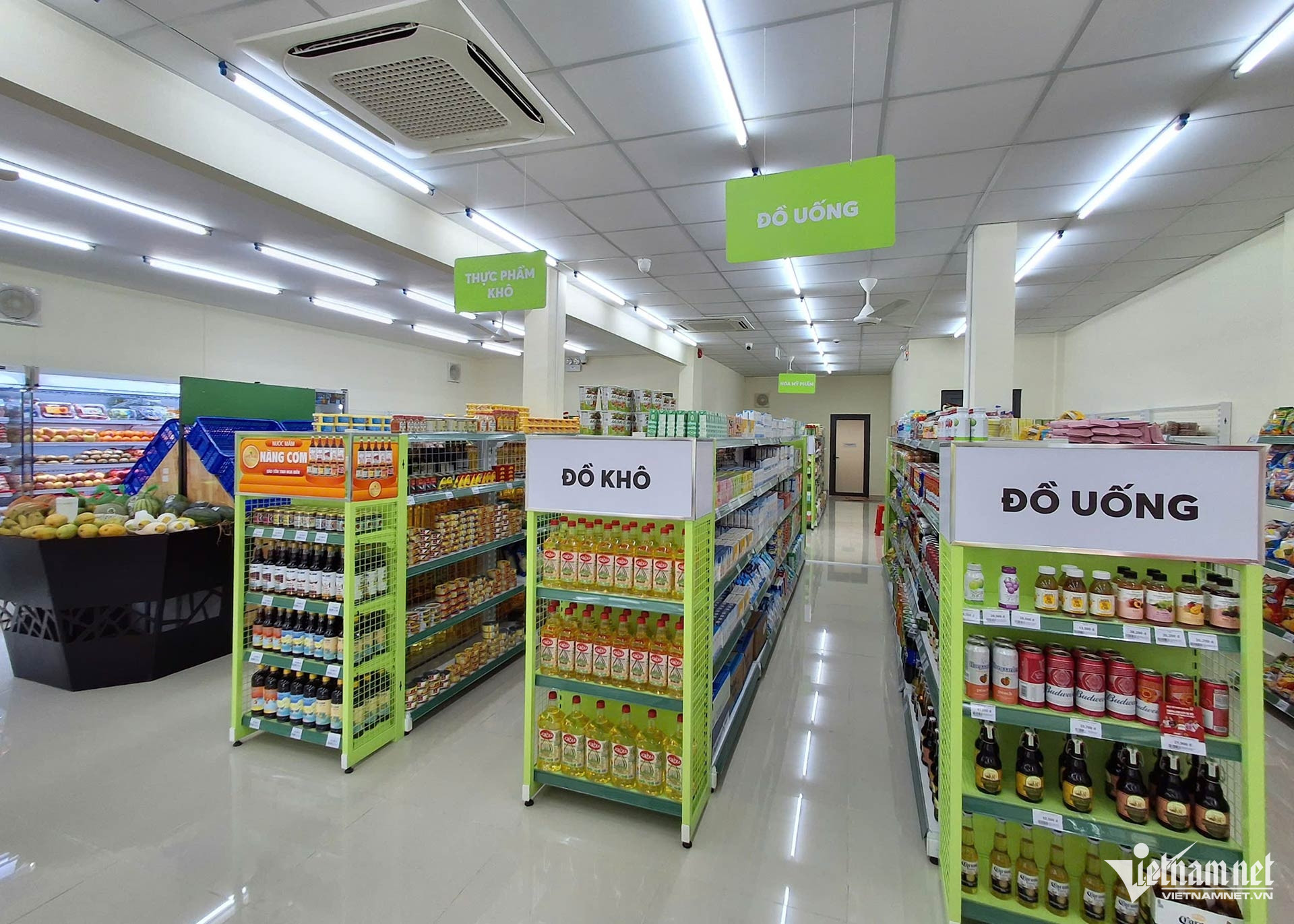
In Vietnam, a report earlier this year by KIS Securities Joint Stock Company stated that mini-supermarkets will be the main driving force for modern grocery retail, and the expansion rate of this type of business will accelerate even faster in 2025.
According to this securities firm, mini-supermarkets are popular in countries with a high rate of motorbike ownership, such as Malaysia, Indonesia, Thailand, and Vietnam, due to their convenience for transportation. However, in developed markets like Japan or South Korea, where large supermarkets are already well-connected to infrastructure and public transportation, the convenience of mini-supermarkets may not be as apparent.
Therefore, modern grocery retail in Vietnam still has significant room for growth because this channel currently accounts for only 12.2% of the grocery retail market value, compared to approximately 50% in Thailand and Indonesia, the report stated.

Source: https://vietnamnet.vn/buu-dien-tai-tphcm-lot-xac-thanh-cua-hang-bach-hoa-doc-dao-mo-hinh-2-trong-1-2417504.html




![[Photo] Prime Minister Pham Minh Chinh attends the Conference summarizing and implementing tasks of the judicial sector.](/_next/image?url=https%3A%2F%2Fvphoto.vietnam.vn%2Fthumb%2F1200x675%2Fvietnam%2Fresource%2FIMAGE%2F2025%2F12%2F13%2F1765616082148_dsc-5565-jpg.webp&w=3840&q=75)



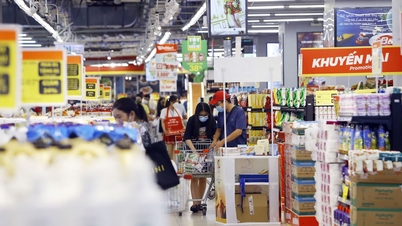



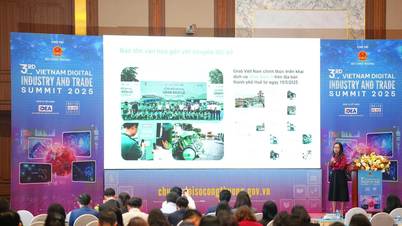

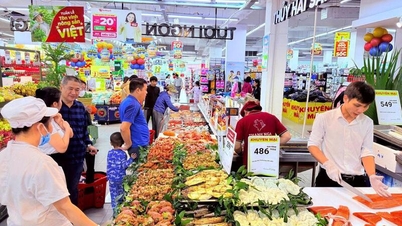

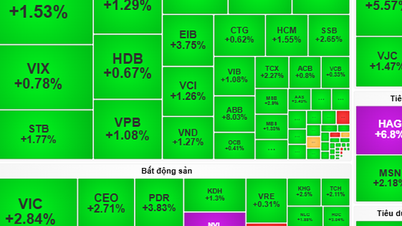



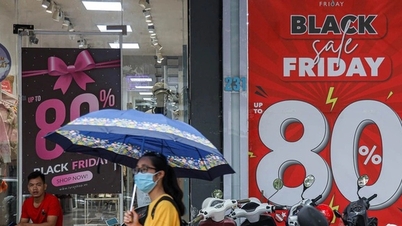





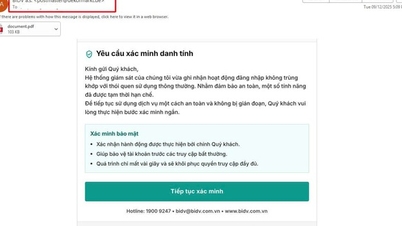





































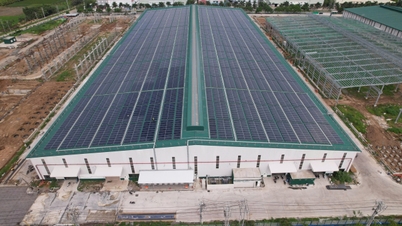











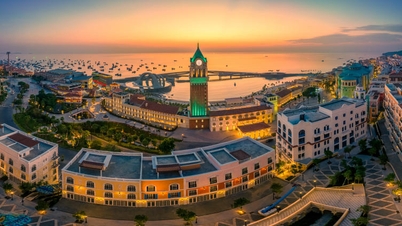
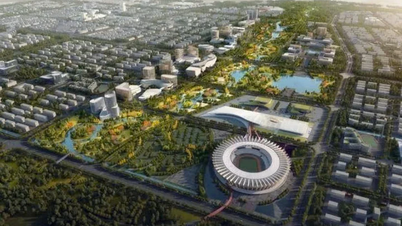




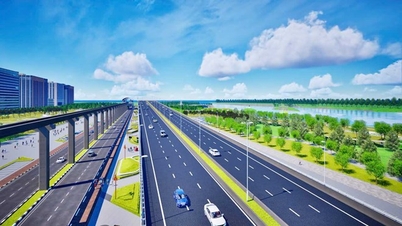




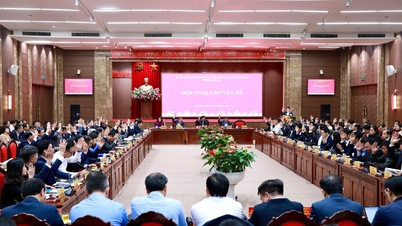



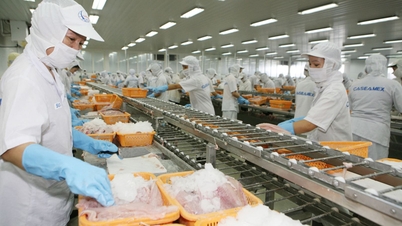







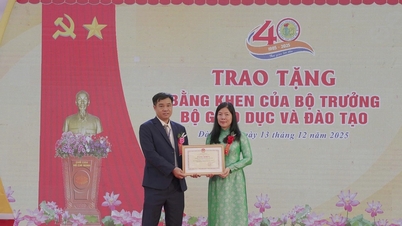
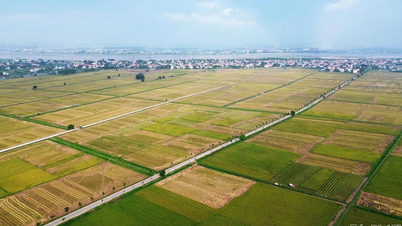















Comment (0)